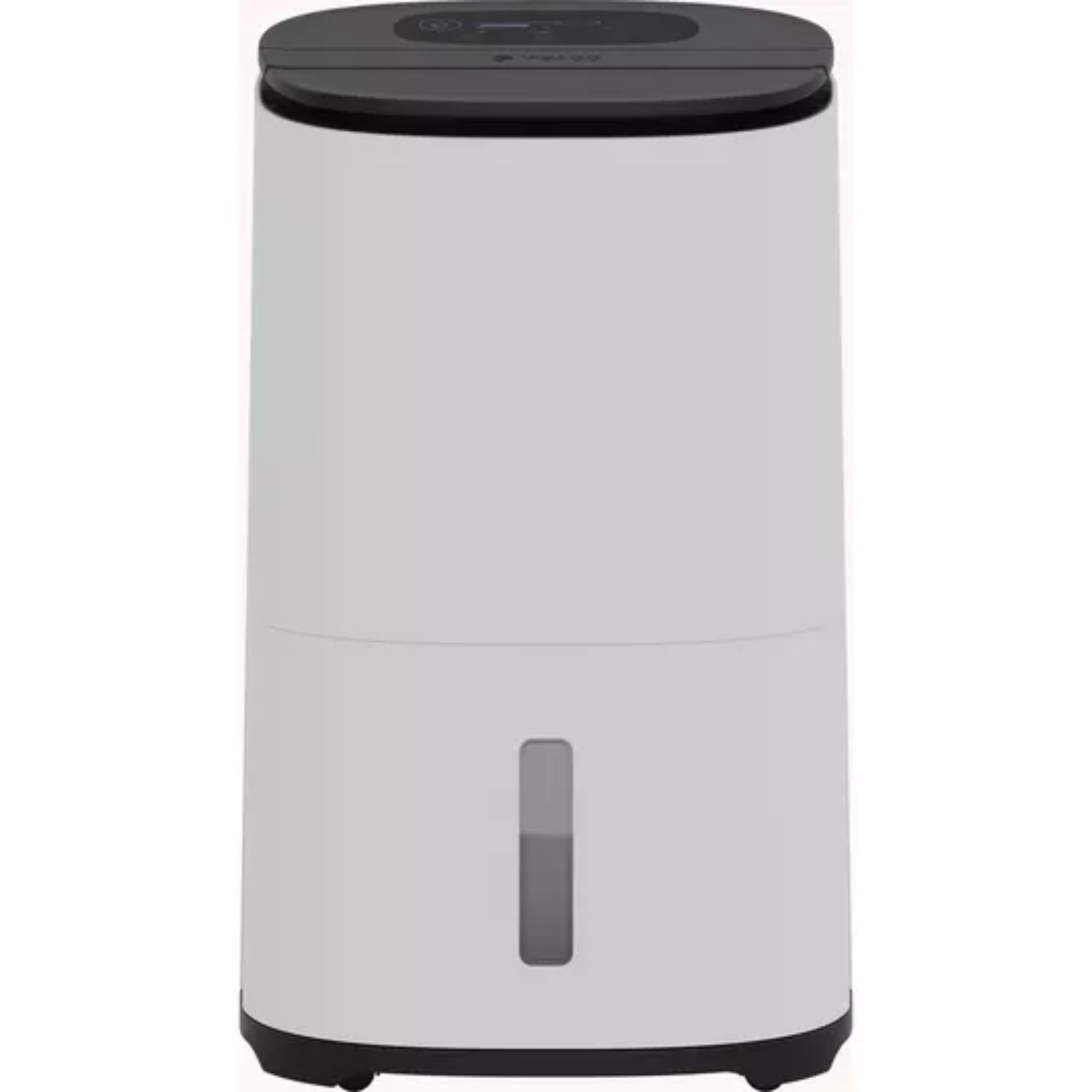Should you wipe condensation off windows? We ask experts for advice
Is removing condensation from your windows the best course of action during the colder months? Here's what the experts recommend
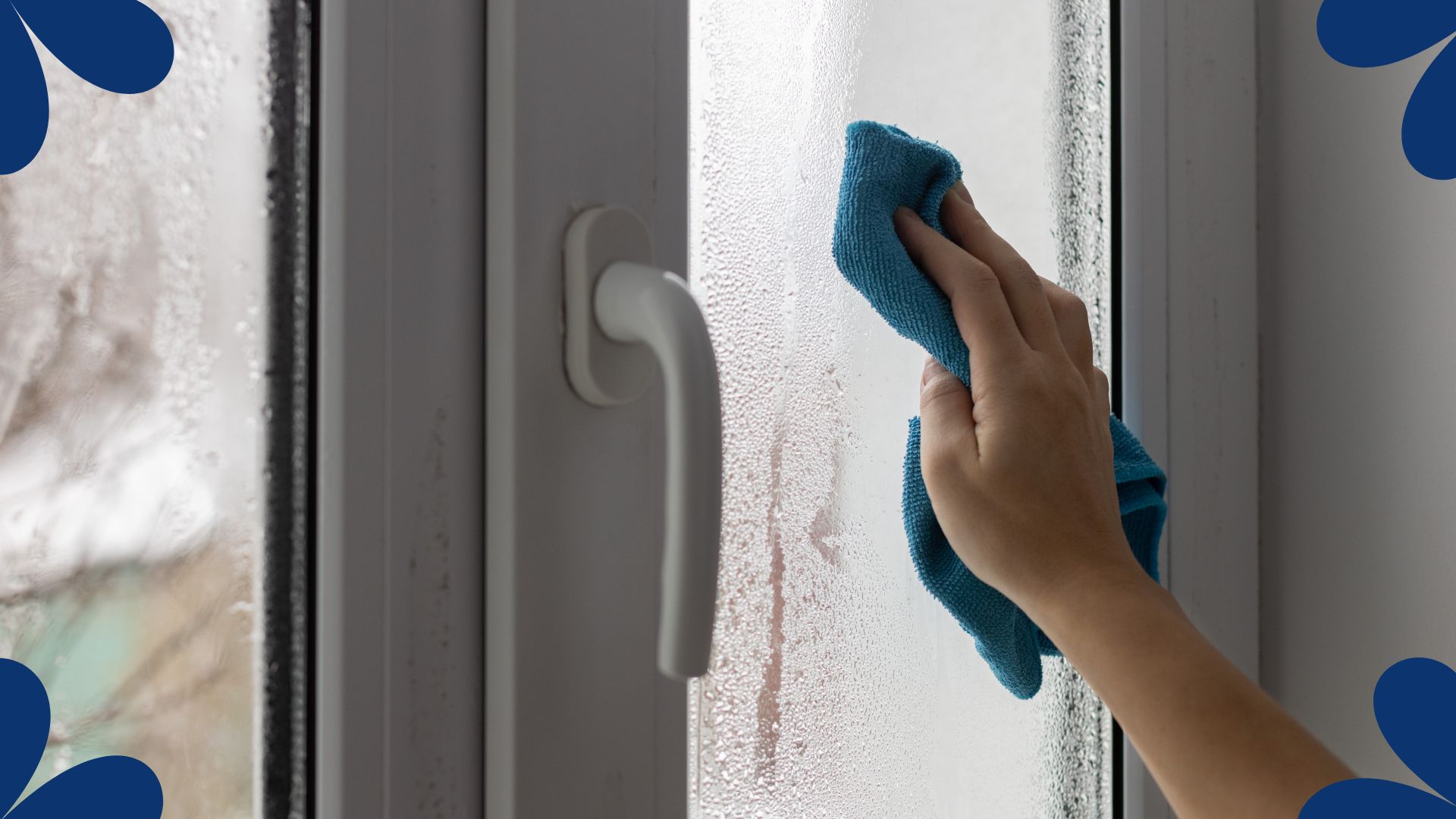

As the weather starts to get colder, it's extremely common to see condensation building up on windows first thing in the morning. While this is perfectly normal, we want to know what the next step is to prevent the moisture from damaging your windows.
Even when you've done everything you can to prevent condensation on windows, small patches of moisture may still appear during the winter months. And if you've ever wondered why there's condensation on the inside of your windows, you're not alone, but be assured, it's completely normal.
Another mystery you may be pondering is whether it's a good idea to wipe said moisture off the windows. To find out, we spoke to cleaning and glass experts, who shared their guidance on keeping your windows water-free.
Should you wipe condensation off windows?
Whether you're completing your daily cleaning habits or are braving a chilly morning to make a cup of tea, you've probably come across condensation on your windows from time to time. Although this is normal, there are a few key steps you should take to ensure it doesn't cause damage to your windows or seals.
"You should wipe condensation off windows as soon as possible in the morning. This is because wiping it away will help to protect your windows and sills, as well as keep the air quality in your home healthy by reducing the chance of mould growing," says Liam Spencer, owner of Northallerton Glass.
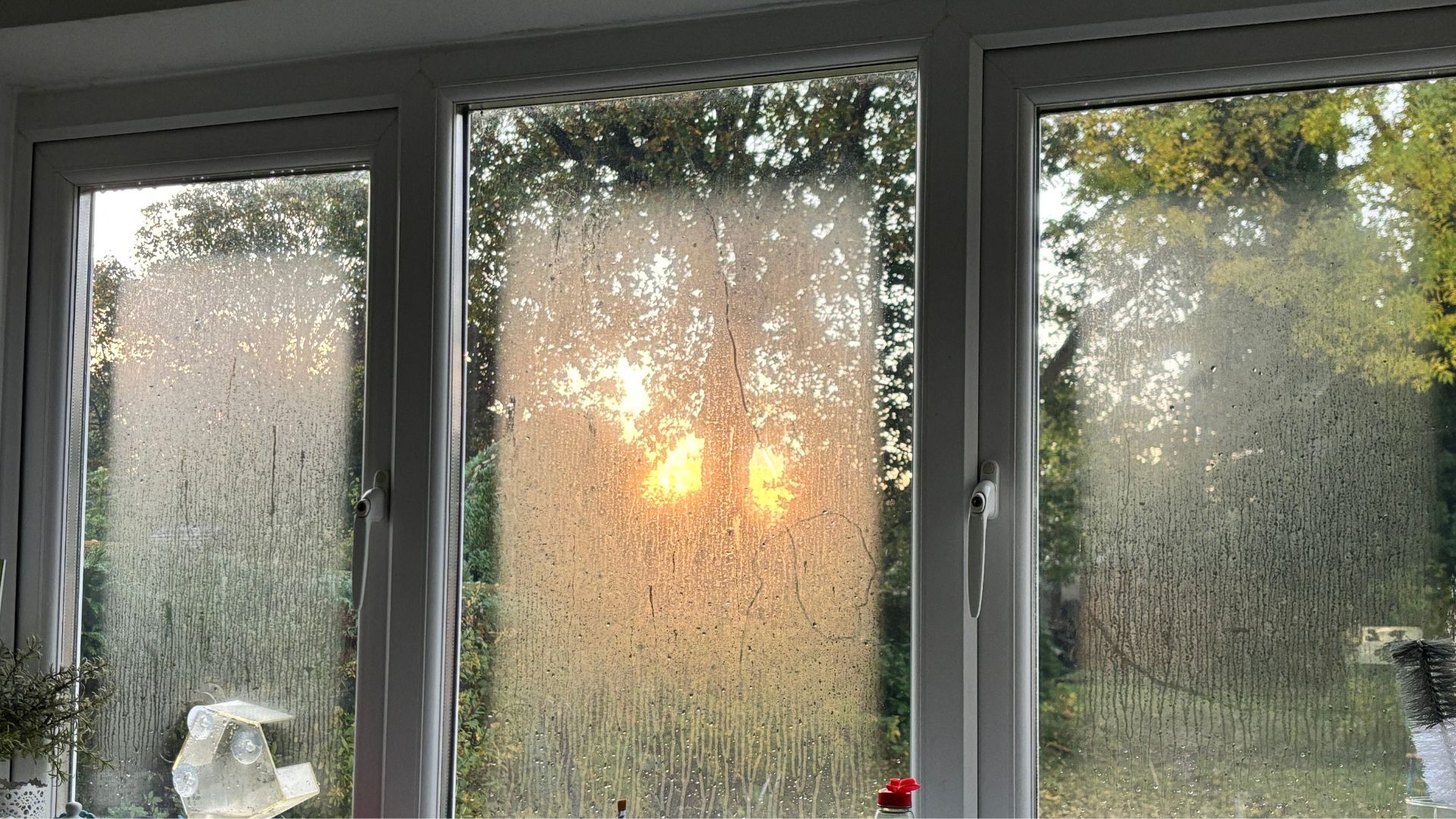
So, if you're looking to prevent mould in your home as well as keep your windows in tip-top shape, you'll want to start removing the condensation if and when you see it.
"You absolutely should wipe condensation off your windows, at least once a day. While it’s not a must, doing so helps prevent mould and mildew from growing on your windows. This can damage window seals and any items that live on your windowsill. Also, once it evaporates, it’ll increase the humidity in your room," echoes Michael Bogoyavlenskiy, CEO of Cleaning Express.
Sign up to our free daily email for the latest royal and entertainment news, interesting opinion, expert advice on styling and beauty trends, and no-nonsense guides to the health and wellness questions you want answered.
Now you know you need to remove the condensation, the question is, how?
What is the best method for removing condensation from windows?
"The best way to immediately remove condensation from windows is by wiping it away using a towel, microfibre cloth or a squeegee (which can prevent streaks). You should dry the surface of the window completely, as this will stop the condensation from forming again quickly. If there is a large amount of condensation, consider opening the window for a short period to allow remaining moisture to evaporate," explains Liam.
"Placing a dehumidifier close to the affected window can help by lowering the humidity levels in the air, and it should first be run on a setting that removes the condensation and then turned down to prevent it from recurring," he adds.
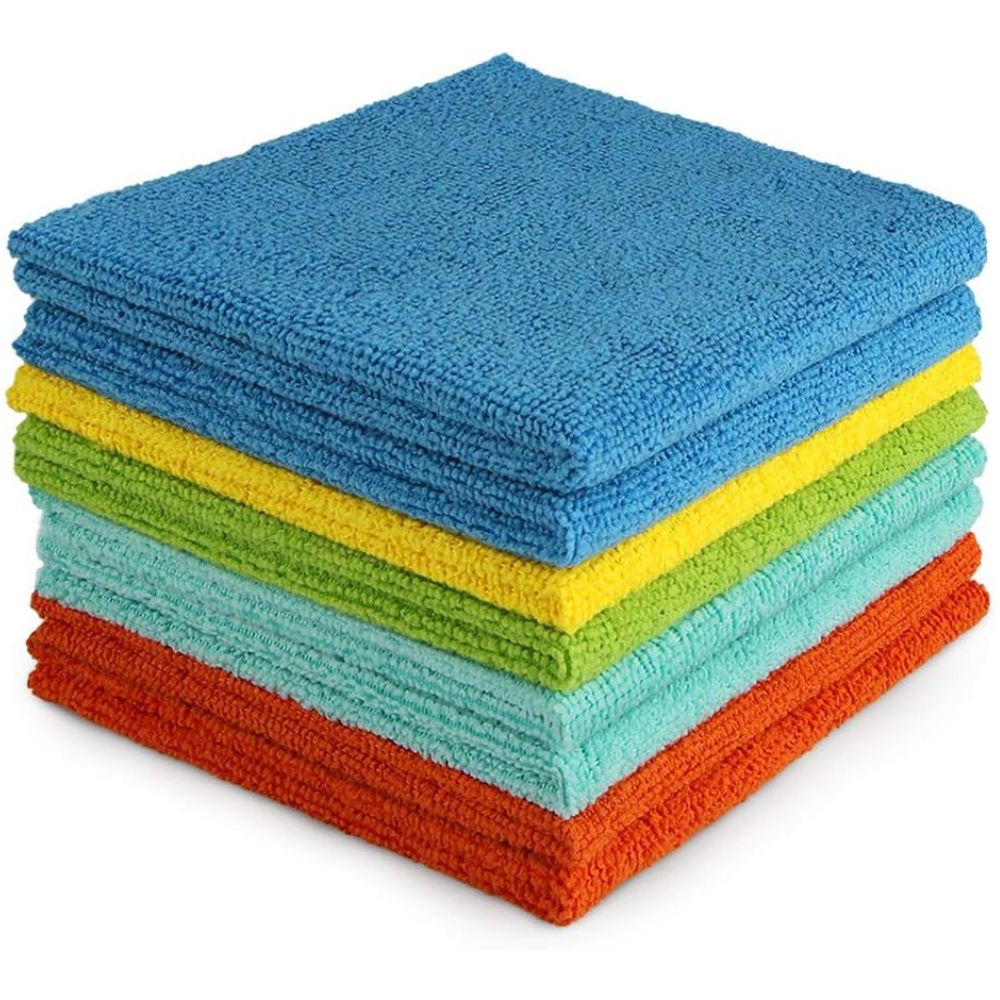
RRP: £4.59 for a pack of 8 | This is a product every cleaner should have in their home, especially when it comes to absorbing moisture off your windows as cleanly as possible.
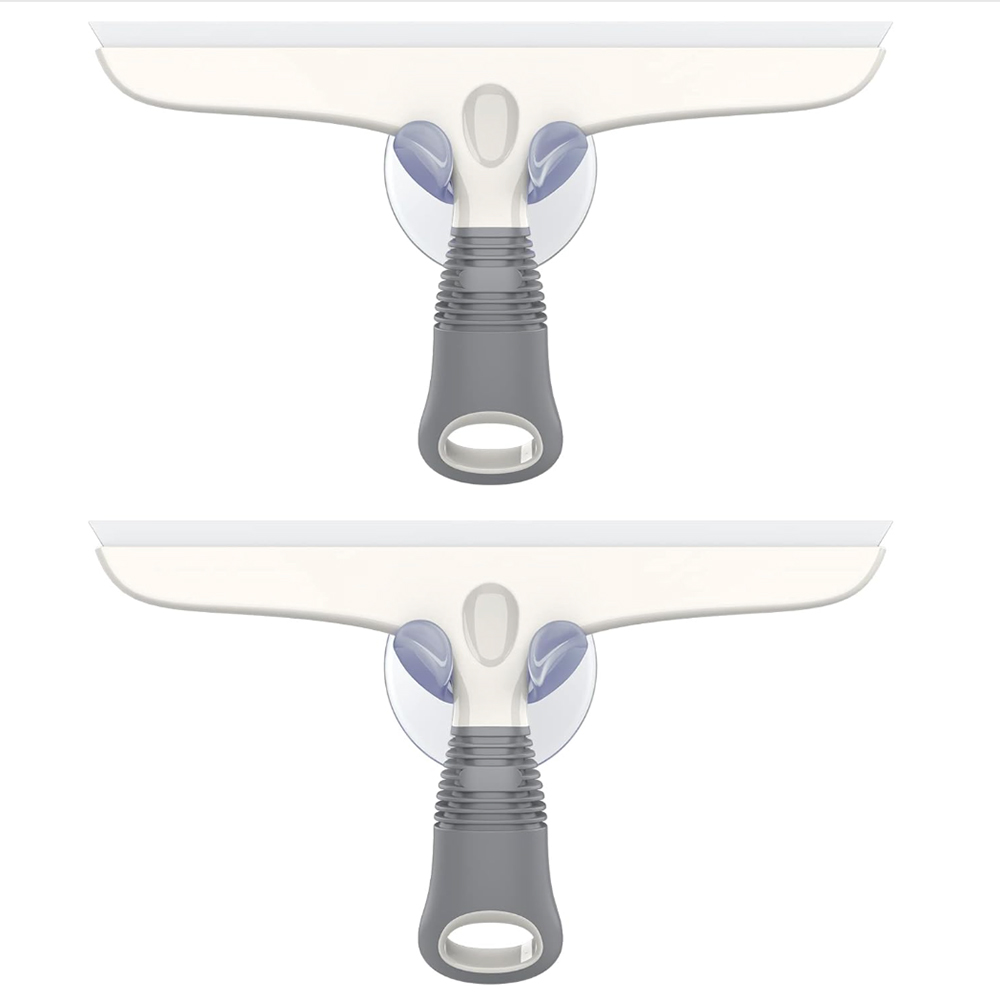
RRP: £18.99 for a set of 2 | These best-selling heavy-duty window scrubbers include a suction hook to keep one handy on the window for when needed.

RRP: was £44.99, now £39.96 | A window vacuum is a fantastic way of removing condensation from your windows without mess and dripping. This one is light to hold, rechargeable and has a 100ml water tank capacity.
How often should you wipe condensation from windows?
As with many cleaning jobs in your home, it's hard to give a universal answer to how often it should be done.
"In terms of how often you should wipe condensation off your window, once a day should be fine. If it’s a bedroom, do it in the morning. If it’s your living room, kitchen, etc., do it in the evening before going to bed," suggests Michael.
"You shouldn’t need to deal with condensation more than once a day. If you find that your windows are steaming up several times, you may need to investigate the cause. Generally, it’ll be that your room is too cold, so consider running the heating if you can. Alternatively, open the window to create a temperature equilibrium around the glass," he continues.
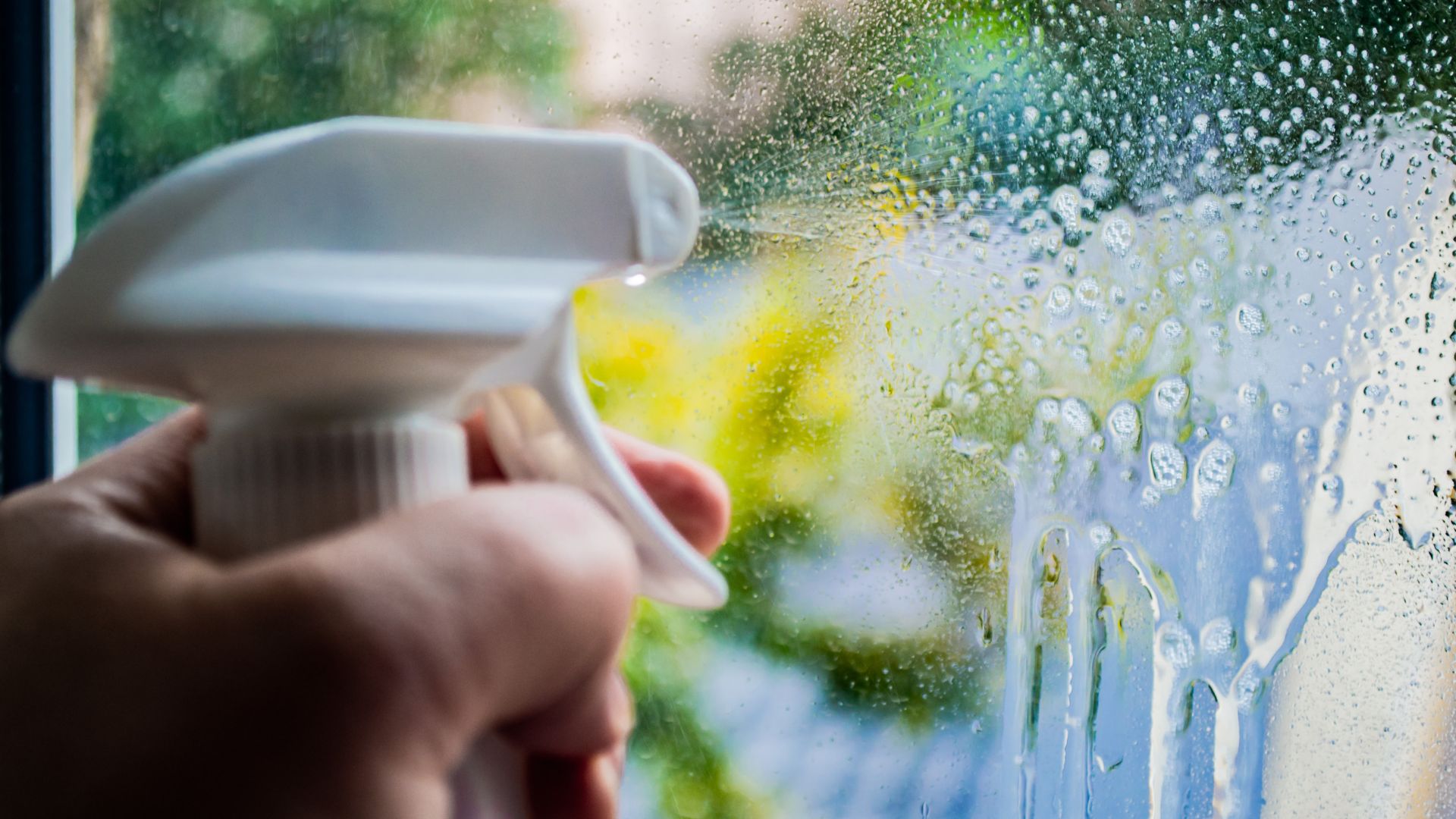
What can I wipe on my windows to stop condensation?
Along with things you should clean before autumn, there is a way you can prep your windows for the cold weather to prevent condensation before it starts showing up.
"Washing-up liquid can be wiped on windows to stop condensation. This is because the washing-up liquid will create a temporary barrier that will reduce the surface tension of water, which stops moisture droplets from forming," points out Liam.
"Instead, the moisture spreads into an invisible layer, which keeps your windows clear. Try to use as basic a washing-up liquid as possible, as added dyes or harsh chemicals may leave a residue behind on the window. Avoid using too much of the washing-up liquid, too, as this can cause streaks and bubbles," he adds.
If you're looking for ways to reduce humidity in your home, we highly recommend investing in one of the best dehumidifiers. They'll help keep the condensation at bay as well as prevent any chance of a mould build-up.

Emily joined woman&home as a staff writer after finishing her MA in Magazine Journalism from City University in 2023. After writing various health and news content, she now specialises in lifestyle, covering unique cleaning hacks, gardening how-tos, and everything to help your houseplants thrive.
You must confirm your public display name before commenting
Please logout and then login again, you will then be prompted to enter your display name.
